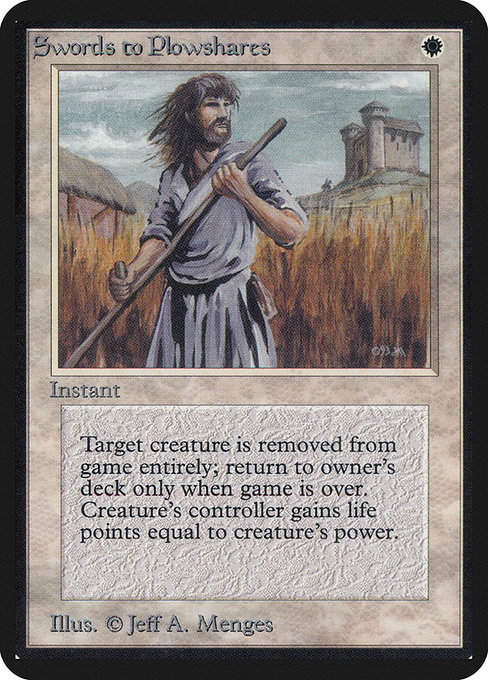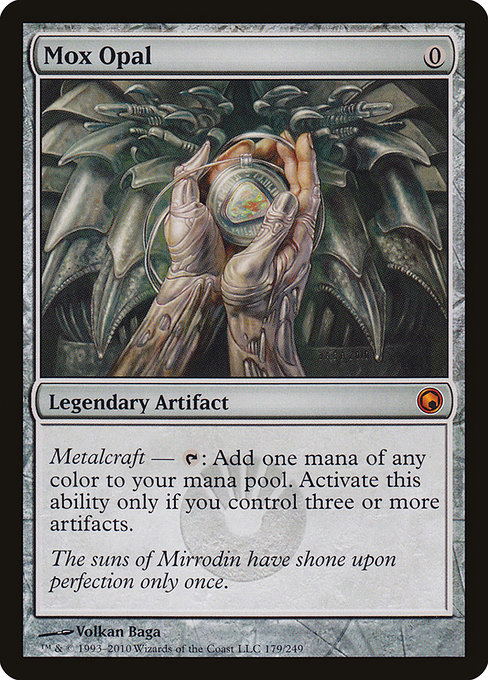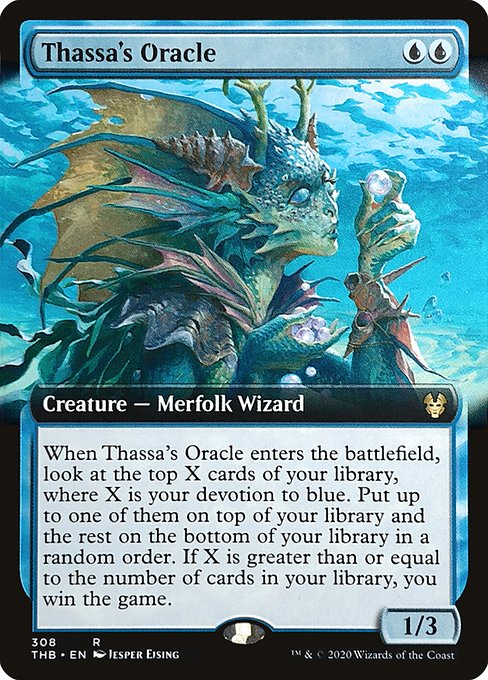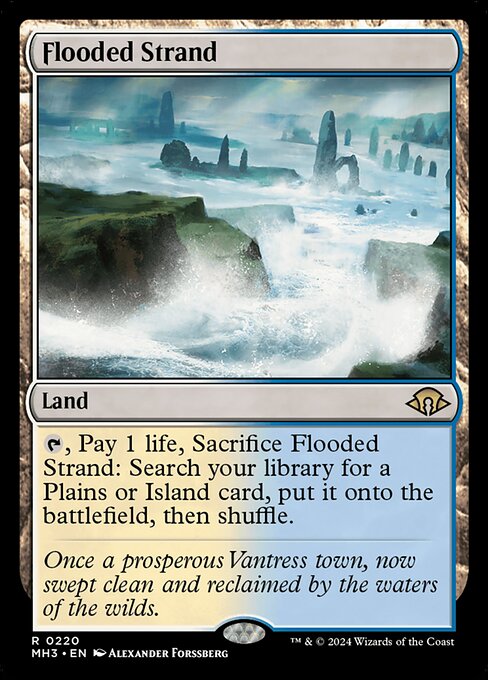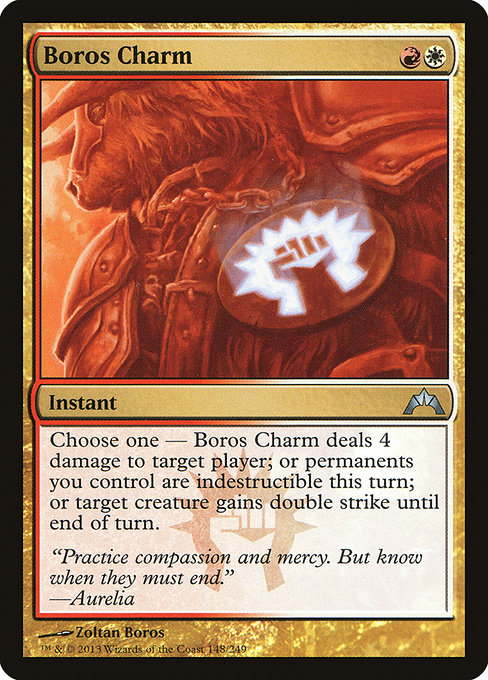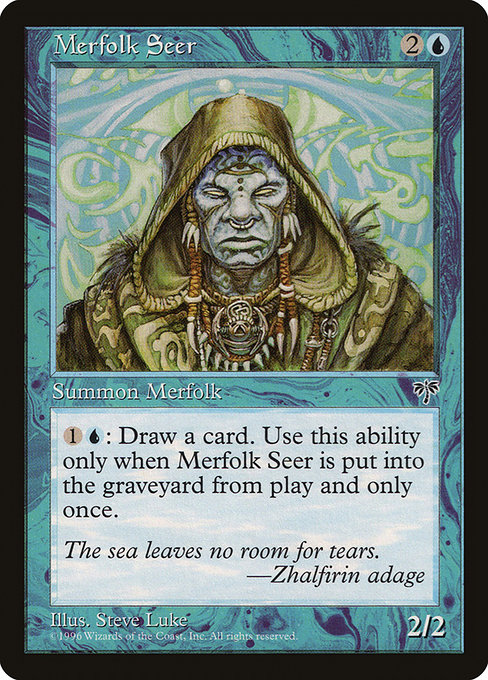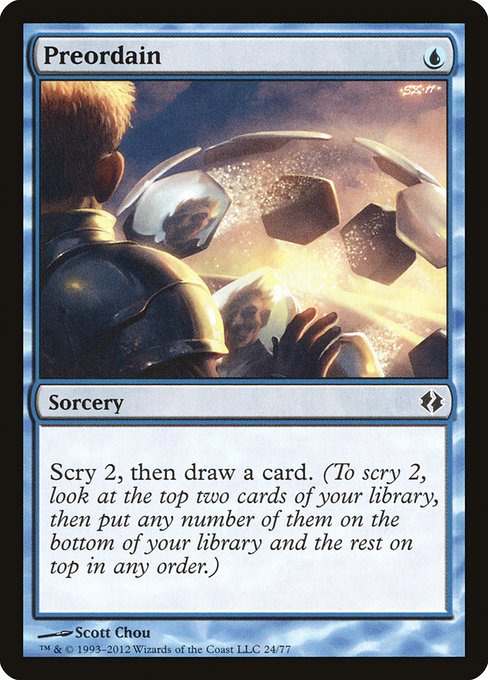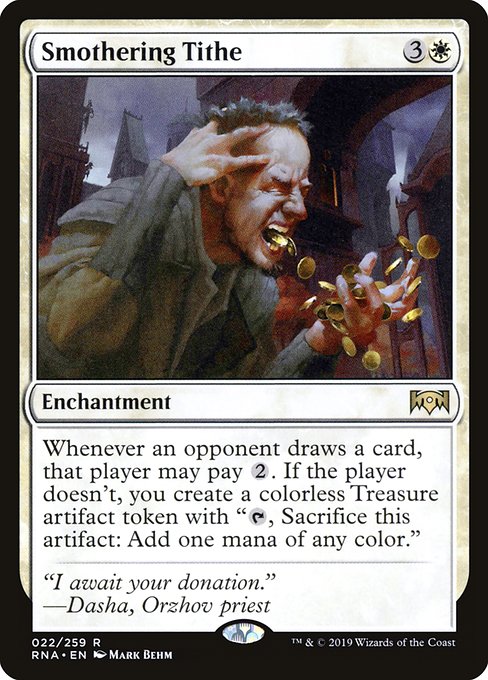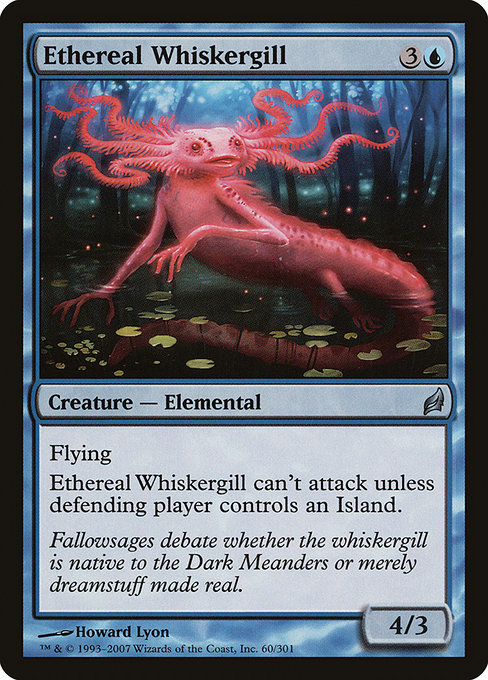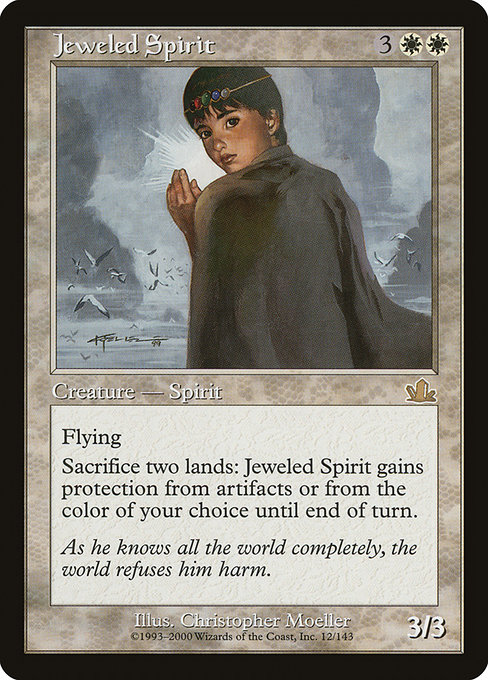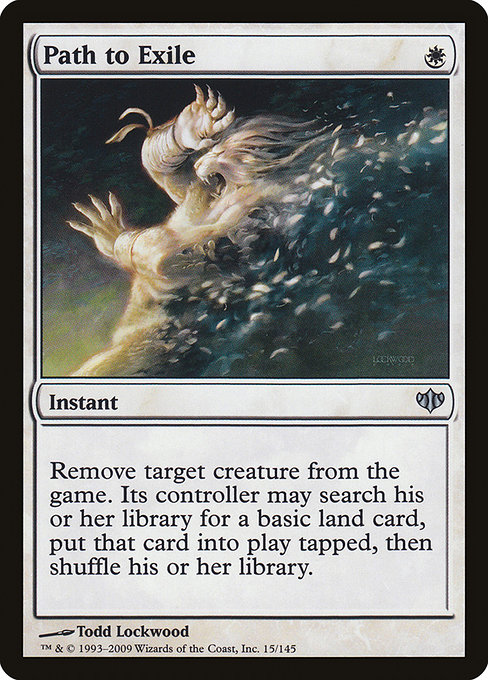
Path to Exile Full Guide

Guide Sections
Cards Mentioned in This Review
These cards are referenced in the strategy guide belowStrategy Guide
Last updated 2025-06-28TL;DR Summary
Path to Exile is a versatile and powerful instant that excels in Commander and casual games. Its primary benefit lies in its ability to exile target creatures, clearing the way for your planeswalker or other threats. This effect also allows its controller to search their library for a basic land card, tapping it and shuffling their deck, providing an additional resource generation opportunity.
Key interactions to consider: Path to Exile can be used in conjunction with Llanowar Elves, Fog or Nature's Claim to create a more aggressive tempo. Its value lies in its versatility, making it a great addition to any White-based Commander deck focused on creature removal and resource generation.
In terms of power level, Path to Exile is relatively high due to its ability to both exile threats and generate resources. It sees play in various formats but remains most popular in Commander, where it can be combined with other cards like Serra Avenger or Day of Judgment.
Card Mechanics & Interactions
Path to Exile
This uncommon instant is a staple in many white control and mill decks. Its effect can be broken down into three distinct parts: exiling a target creature, searching for a basic land card, and shuffling the library.
Exiling a Creature When Path to Exile is cast, it targets a creature on the battlefield. Once resolved, the targeted creature is exiled, meaning it's removed from the game entirely. This effect only applies to creatures; artifacts and enchantments remain unaffected. If an opponent tries to play a land or generate mana while their creature is exiled, they'll still be able to do so.
Searching for a Basic Land The controller of the targeted creature may search their library for any basic land card. They can choose any basic land from their deck, such as Plains, Island, or Swamp. The searched-for land is then put onto the battlefield tapped. This means it'll enter the battlefield with a power and toughness of 0/0 but will still provide mana when tapped. After putting the land on the battlefield, the library is shuffled.
Edge Cases and Interactions
- If you exile a creature with an ability that triggers when it dies, that ability won't trigger because the creature isn't destroyed; it's simply exiled.
- If an opponent tries to use an instant or sorcery to interact with their creature after it's been exiled, the result will depend on the specific interaction. For example, if they try to Remove Soul a creature that's already exiled, the spell will have no effect.
- In Commander, some cards offer additional abilities when cast from exile. However, since Path to Exile only exiles creatures and doesn't return them, these effects won't trigger.
Commander-Specific Quirks
In Commander, where players often build around specific themes or strategies, Path to Exile's flexibility makes it an attractive option for various archetypes. For instance:
- Mill decks can use Path to Exile to exile creatures while searching for basic lands to help accelerate their mill.
- White control decks might employ Path to Exile as a way to thin out the opponent's board while setting up their own game.
Keep in mind that Path to Exile doesn't provide any additional card advantage; it only offers a way to manipulate the board and library.
Strategic Applications
Path to Exile is a versatile instant that sees play in various Commander decks and strategies. Its ability to exile creatures makes it an excellent removal spell, particularly when combined with other cards like Abuse of Memory or Eidolon of the Great Revel.
One popular application is in Esper Control decks, where Path to Exile serves as a key card for controlling the board against aggressive opponents. This allows players to maintain a strong control presence while still being able to interact with their opponent's threats.
The "search" portion of its ability also makes it useful in more complex strategies like Ad Nauseam or Necropotence, allowing players to dig deep into their library and find crucial cards like Liliana, Death's Majesty or Mox Opal. In casual play, Path to Exile can be used as a catch-all removal spell for decks without access to more specialized counterspells.
When combined with cards like Azorius Signet, Ethereal Abundance, or [Serra Ascendant, players gain more mana and draw options, enabling them to search their library with Path to Exile multiple times in one turn.
Advanced Techniques
Path to Exile is a versatile and powerful instant that can turn the tide of battle in your favor. Its ability to exile a target creature not only makes it an effective removal spell but also sets up for future plays.
One strategy to consider is using Path to Exile with other exiling effects, such as Swords to Plowshares, to create a potent combo that can clear the board of creatures and disrupt your opponents' plans. For example:
- Path to Exile: exile a creature
- Swords to Plowshares: exile another creature
- Now you can use Path to Exile again, targeting the same creature or a new one
This sequence can be repeated, allowing you to exile multiple creatures and create an advantage for yourself. By combining these effects with other cards that benefit from exiling creatures, such as Soul Warden or Liliana of the Veil, you can create a more complex and effective strategy.
Another approach is using Path to Exile in conjunction with mana-fixing cards like Mox Opal or Simian Spirit Guide. By creating an abundance of basic lands, you can more easily play other spells that benefit from exiling creatures, such as Doom Blade or Surgical Extraction. This combination can also help you to generate card advantage by allowing you to search for the right cards at the right time.
Path to Exile's ability to exile a creature and allow its controller to draw a basic land is often overlooked. However, this interaction can be leveraged in specific situations where drawing a basic land is crucial, such as when playing Rampant Growth or Elvish Mystic. By using Path to Exile to exile an unplayable creature, you can gain access to a much-needed land, which can then be used to play other spells.
Common Mistakes
Timing Issues with Path to Exile
In Commander, players often misjudge the timing of using Path to Exile. This can lead to missed opportunities and a wasted spell.
- Failing to exile a creature before attacking with it: If you exile a creature in response to an opponent's attack, they will still deal damage to your life total.
- Using Path to Exile on a permanent that is already tapped or has an ability triggered by its controller's untap step: This can cause issues if the player tries to use the card's ability before it has resolved.
Understanding the Oracle Text
The oracle text of Path to Exile may be misunderstood, leading players to misuse the spell. Specifically:
- Misreading "its controller" as the player controlling the exiled creature: The target of Path to Exile is a creature, and its controller is the one who controls that creature.
- Failing to put the basic land card onto the battlefield tapped: This part of the oracle text is often overlooked, but it's crucial for maintaining an even mana curve.
Poor Synergies
Using Path to Exile without considering synergies can lead to suboptimal gameplay:
- Playing it too early in the game: If you exile a creature before your opponent has a chance to interact with it or before you've developed your board, it may not be worth the mana.
- Not considering the potential for future spells or abilities that might target the exiled creature: Path to Exile can be used as a way to "hide" a creature from later-game threats.
Common Combos and Interactions
Some players mistakenly use Path to Exile in combination with cards like:
- Swords to Plowshares: While both cards exile creatures, using them together can lead to unnecessary mana usage.
- Day of Judgment: This card's ability is more effective when used on a larger board state.
By being aware of these common mistakes and misunderstandings, players can improve their gameplay with Path to Exile.
Conclusion
Path to Exile is a versatile instant card that has been a staple in many white decks, particularly in Commander formats. It allows its controller to exile a target creature, but also grants them the opportunity to search their library for a basic land card, putting it onto the battlefield tapped before shuffling.
This card's functionality makes it an excellent tool for controlling the board and generating card advantage. It is particularly effective against aggressive decks that rely heavily on creatures.
In terms of its mechanical impact, Path to Exile can be used in various situations, not just about exiling problematic creatures; it also allows players to manipulate their own library, potentially setting up future draws or creating opportunities for themselves.
The artwork on Path to Exile features a haunting landscape with twisted tree branches and eerie mist-shrouded hills. This imagery captures the essence of the card's functionality, which involves manipulating the boundaries between life and death on the battlefield.
Path to Exile is an uncommon card, making it extremely affordable for deck-building. Its price reflects its rarity, but its reprints over the years have made it more accessible to players.
In Commander formats, players often seek affordable options for controlling the board. Path to Exile's ability to exile creatures and give the controller a basic land is particularly useful in this format.
When combined with other cards from Conflux, such as Sage of Epityr and Constricting Shackles, Path to Exile becomes an even more powerful tool for manipulating the board and disrupting opponents' plans.
Overall, Path to Exile remains a potent tool for players looking to outmaneuver their opponents and emerge victorious in Commander formats.
Deckbuilding & Synergies
Building Around Path to Exile
Path to Exile is a versatile instant that offers a range of possibilities for deckbuilders. Its ability to exile a creature, then allow its controller to search for and play a basic land, makes it an excellent addition to many themes and engines.
Commanders and Color Identities
- Azami, Lady of Scrolls: A popular commander in the Azorius (WU) color identity, Azami's ability to draw cards and create tokens pairs well with Path to Exile.
- Atraxa, Praetors' Voice: This Commander in the multi-colored Rakdos (BRG) and Esper (WB) colors excels at controlling creatures on the battlefield. Exiling a creature with Path to Exile allows Atraxa to draw additional cards or generate more tokens.
- Kemba, Kha Regent: Kemba is an excellent choice in the Boros (WR) color identity. Her ability to create tokens and increase her loyalty makes her a natural fit for decks that utilize Path to Exile.
Themes
Path to Exile is particularly effective in:
- Token Generation: Decks featuring token-generating creatures or spells can make excellent use of Path to Exile.
- Control and Removal: Combining Path to Exile with creature removal spells or abilities makes it easier to manage opponents' threats.
Engines
Some popular engines that work well with Path to Exile include:
- Vorthos (WU) Engine: Cards like Liliana, Death's Majesty and Atraxa, Praetors' Voice are excellent pairings with Path to Exile.
- Meren of Clan Nel Toth : This planeswalker's ability to create tokens and draw cards pairs well with Path to Exile.
Synergy Cards
Some specific synergy cards that work well with Path to Exile include:
- Ajani, Caller of the Pride: His ability to create tokens and increase his power makes him a natural fit for decks utilizing Path to Exile.
- Luminarch Ascension : This enchantment's ability to create 2/2 flyers can be paired with Path to Exile to create an army of flying creatures.
Combo Notes
Path to Exile can also be used in combination with other cards to create powerful combinations:
- Exiling a creature with Path to Exile, then playing Mox Opal or Thassa's Oracle to draw additional cards and play more lands.
- Combining Path to Exile with creature removal spells or abilities, such as Path to Exile and Abrupt Decay, to clear the board quickly.
Format Roles
Path to Exile in Commander
In the casual and competitive Commander format, Path to Exile is a staple instant that sees play in many decks. Its ability to exile a creature is a valuable tool for controlling the board and creating card advantage.
- Combo Potential: When paired with cards like Mox Opal or Flooded Strand, Path to Exile can enable powerful combos that disrupt opponents' plans.
- Sweeper: Against aggressive decks, Path to Exile can be used as a sweeper to clear the board of creatures, buying time for your own strategy to develop.
Format Overview
| Format | Competitive? | Casual? |
|---|---|---|
| Commander | Yes | Yes |
| Modern | No | Sometimes |
| Legacy | Banned | - |
In Commander, Path to Exile is a competitive card due to its versatility and potential for combo synergies. In casual games, it's often used as a simple removal spell or board wipe.
Other Formats
- Modern: Path to Exile is banned in Modern due to its potential for abuse with cards like Eldrazi Disintegrator.
- Legacy: While not specifically banned in Legacy, Path to Exile is largely overlooked due to the format's focus on more powerful and complex strategies.
Rarity and Price
Path to Exile is an uncommon card with a relatively affordable price point of $1.19 USD. Its foil version costs significantly more, at $8.41 USD.
Key Scenarios
Key Scenarios & Matchups for Path to Exile
Path to Exile excels in situations where a creature needs to be removed without disrupting the opponent's life total or generating value. Its ability to exile a creature and allow its controller to search for a basic land card can also provide a tempo advantage.
When it Excels:
- Against control decks, Path to Exile can neutralize a problematic creature while preventing the opponent from gaining an advantage.
- In matchups with aggressive creatures like Boros Charm or Chandra's Defiance, Path to Exile can help maintain board presence and prevent overextension.
- When paired with Gideon Jura or other planeswalkers, Path to Exile can provide a much-needed removal spell while protecting the planeswalker from removal.
When it Fails:
- Against tokens or swarm strategies like Nim Wastes or Tin Street Dodger, Path to Exile may not be able to keep up with the sheer number of creatures on the board.
- In situations where a creature's removal is crucial for a combo, such as Elvish Visionary and Llanowar Elves, Path to Exile might not provide enough time for the combo to resolve.
- When facing an opponent with a strong removal suite, like Doom Blade or Sylvan Caryatid, Path to Exile may become less effective.
Notable Interactions:
- With Ajani's Pridemate, Path to Exile can be used to exile the creature and then search for a basic land card to help the opponent recover from the loss.
- In combination with Day of Judgment, Path to Exile can provide additional removal while allowing the player to search for lands during their draw step.
Overall, Path to Exile's effectiveness hinges on its ability to remove creatures while providing value to its controller. It excels in situations where a creature needs to be neutralized without disrupting the opponent's strategy.
History & Meta
Path to Exile: A Versatile Instant
Released in the Conflux set in 2010, Path to Exile is an uncommon instant that has seen various printings over the years. The card's rarity and mana cost make it a staple in many white decks.
Printings and Reprints: Beyond its initial printing in Conflux, Path to Exile has appeared in subsequent sets, including Zendikar, Worldwake, and Khans of Tarkir as a reprinted card. The most recent reprint can be found in the Guilds of Ravnica set.
EDHREC Stats: According to EDHREC, Path to Exile ranks 15th among all instant cards. Its popularity is evident in its frequent appearance in various decks, particularly those focusing on white and lifegain strategies.
Notable Decks: This card has been featured in several iconic decks, including Martyr of Sands, Jace, the Mind Sculptor, and Karn Liberated. It often serves as a key removal spell to clear the way for other cards or provide an advantage in tempo.
In many white control and lifegain decks, Path to Exile is used in combination with Elixir of Life and Serra Avatar to create complex life-gaining strategies. Its ability to exile creatures while allowing its controller to search for lands makes it a versatile tool for controlling the board and generating card advantage.
The card's value can fluctuate depending on market demand, but it remains a staple in many white decks due to its versatility and utility.
Flavor & Lore
In the world of Conflux, where the fabric of reality is twisted and distorted by the manipulation of mana, Path to Exile stands as a testament to the ingenuity of the Azorius Senate. This uncommon instant card allows its controller to exile a target creature, but also grants them the opportunity to search their library for a basic land card, putting it onto the battlefield tapped before shuffling.
This card is reminiscent of the cunning and resourceful nature of the Azorius, who often find themselves in situations where they must think on their feet and adapt to changing circumstances. Much like the Senate's own leader, Senator Boros, who was known for his cleverness and strategic thinking, Path to Exile embodies the essence of calculated risk-taking.
In playtesting, we've seen players use Path to Exile to great effect in combination with other cards from Conflux, such as Sage of Epityr and Constricting Shackles. By exiling a creature that's disrupting their plans, they can then search for a basic land to replenish their mana, allowing them to continue casting spells. This card is particularly effective against aggressive decks that rely heavily on creatures.
In terms of its mechanical impact, Path to Exile is a versatile tool that can be used in a variety of situations. It's not just about exiling problematic creatures; it also allows players to manipulate their own library, potentially setting up future draws or creating opportunities for themselves. In the hands of an experienced player, this card can become a game-changer, turning the tide of battle in their favor.
The artwork on Path to Exile features a haunting landscape with twisted tree branches and eerie mist-shrouded hills. It's as if the very fabric of reality is warping and distorting, much like the mana in the world of Conflux. This imagery captures the essence of the card's functionality, which involves manipulating the boundaries between life and death on the battlefield.
In the grand tapestry of Magic: The Gathering, Path to Exile stands as a testament to the ingenuity of the Azorius Senate and the power of calculated risk-taking in the face of adversity. Whether used in combination with other cards from Conflux or employed as a standalone solution, this card remains a potent tool for players looking to outmaneuver their opponents and emerge victorious.
Budget/Alternatives
Budget & Accessibility Analysis
Price: Path to Exile is an uncommon card, and its prices reflect this. The Tix value is a mere 0.03, making it an extremely affordable option for deck-building.
| Format | Price |
|---|---|
| EUR | €1.19 (paper), €4.41 (foil) |
| USD | $1.19 (paper), $8.41 (foil) |
Reprint Status: As a card from the Conflux set, Path to Exile has seen several reprints over the years. This makes it more accessible and affordable for players.
Budget-Friendliness: Considering its price and reprint status, Path to Exile is an excellent choice for budget decks. It's particularly useful in Commander formats, where players often need to balance affordability with competitive potential.
Similar Options:
- Counterspell: A classic counterspell that can be played at instant speed to disrupt opponents' plans.
- Disdainful Stroke: A more recent addition to the game, offering a similar effect to Path to Exile but with some additional utility.
- Swords to Plowshares: A common removal spell that can exile creatures and give the opponent a new land.
In Commander, players often seek affordable options for controlling the board. Path to Exile's ability to exile creatures and give the controller a basic land is particularly useful in this format.
